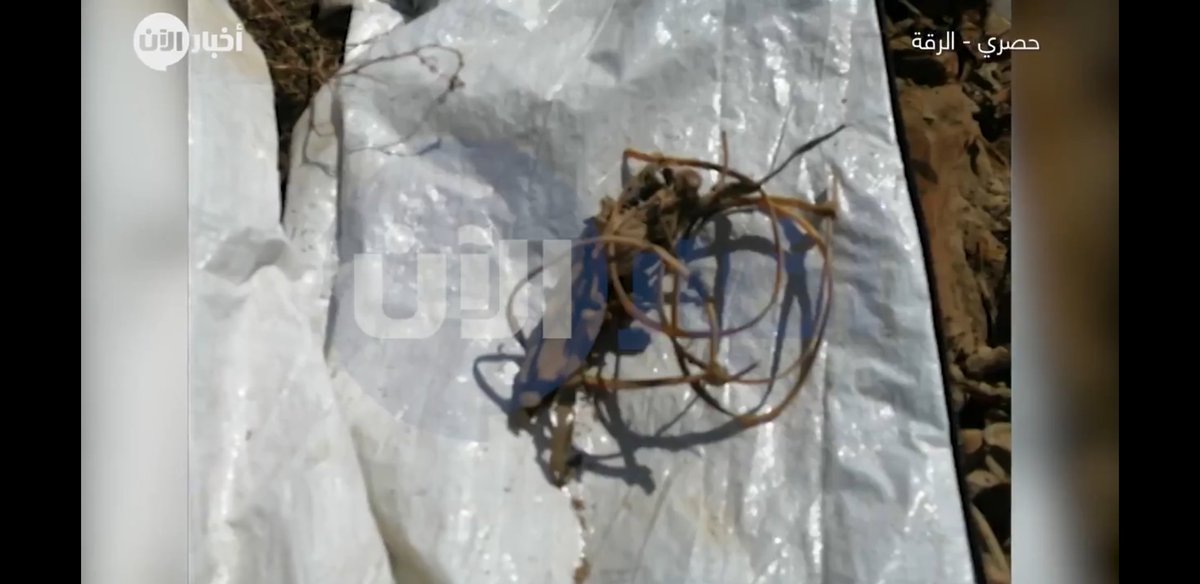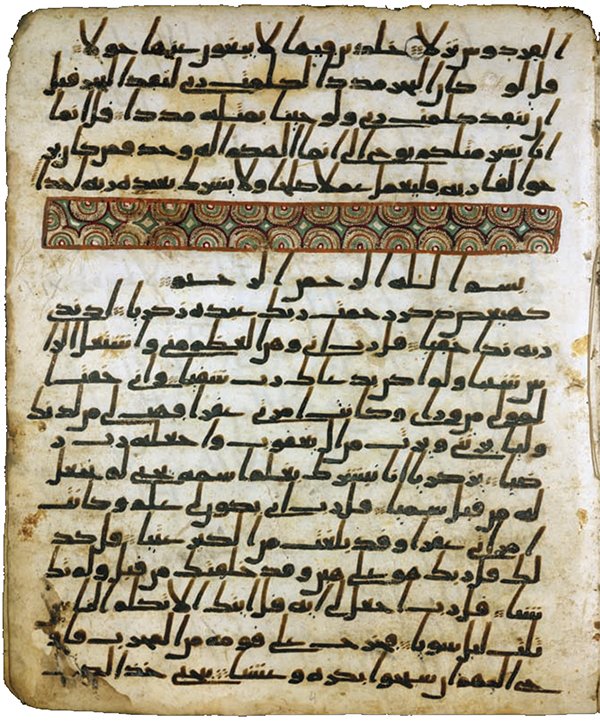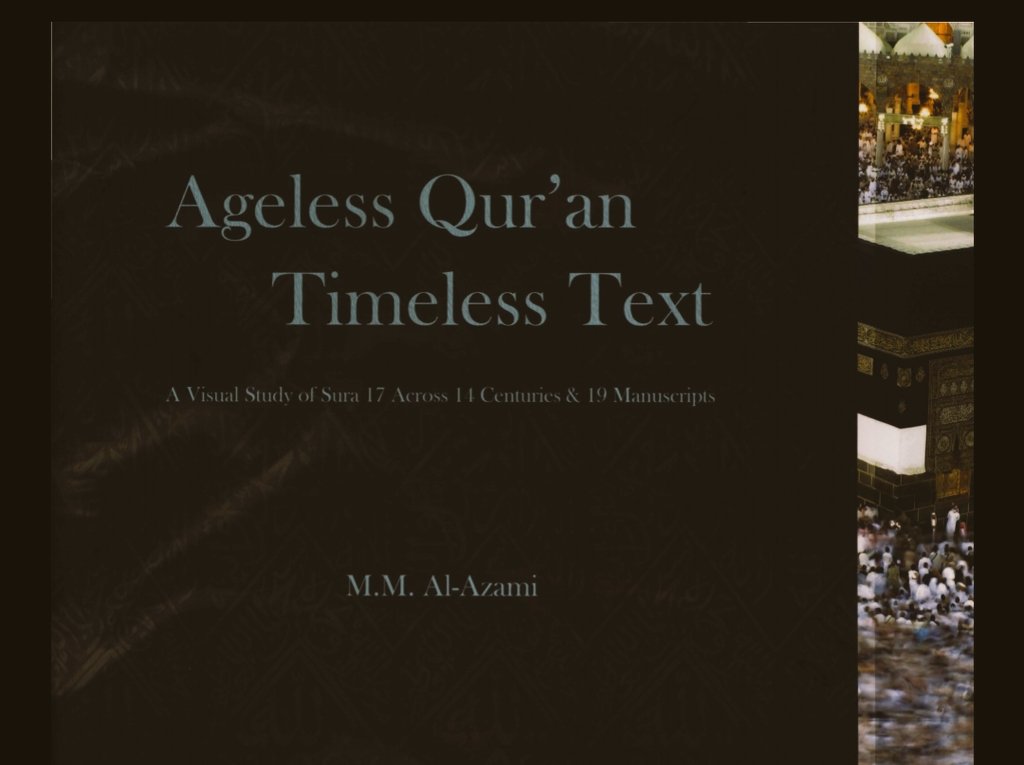
Facsimile editions help scholars and researchers accessing the oldest and finest manuscripts in the world.
Some example of Quranic replicas:
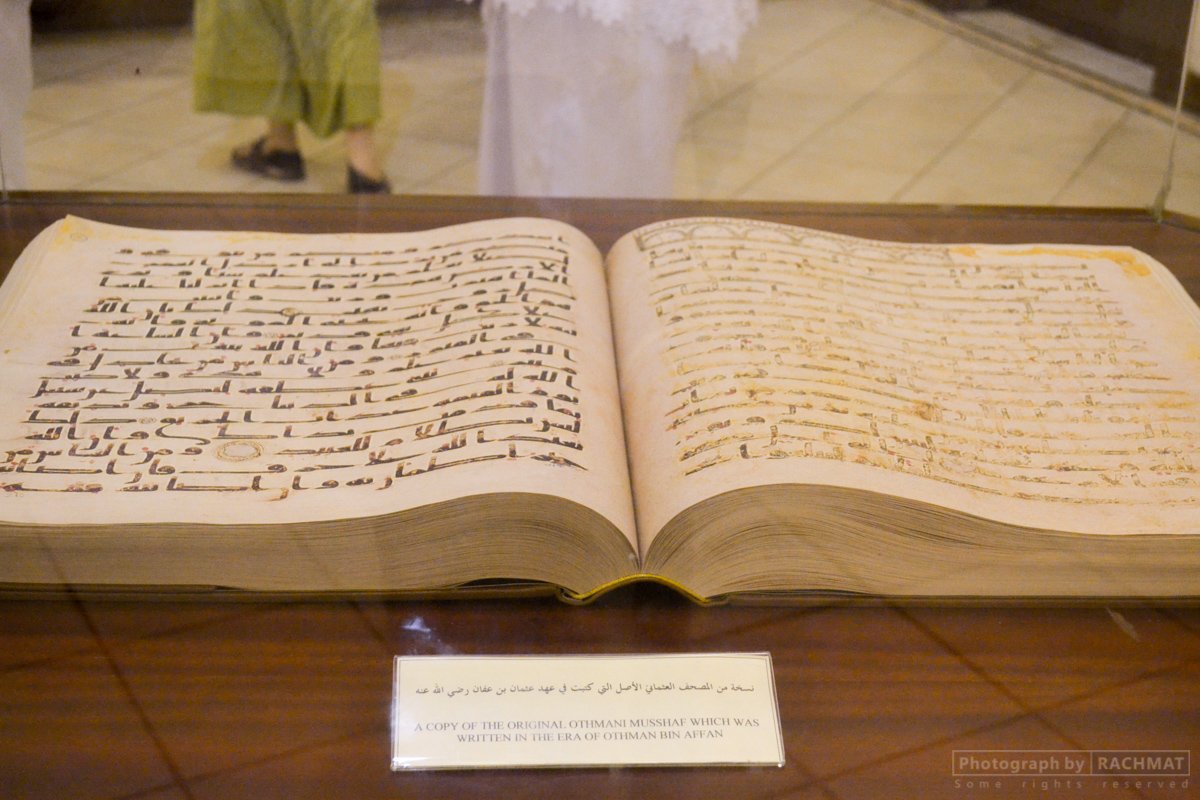
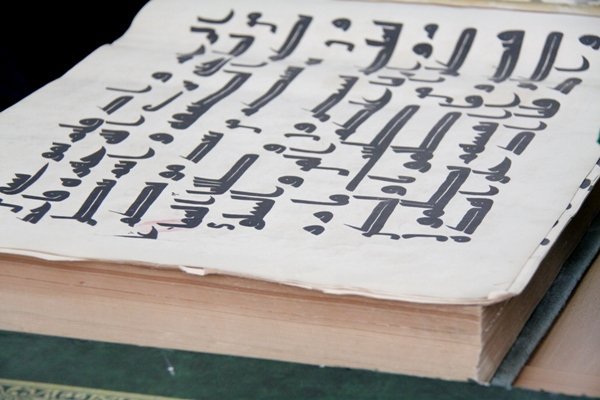
"We ourselves never see the
original manuscript, the flourish of the quill as it traced its inky path upon parchment, the uncertainty caused by a scribe's poorly formed letter, the millennia of damage and dirt caking over everything...," he wrote.
قال/قل
قالوا/قلو
السموات/السموت
etc.
And alif maqsurah/mamdudah:
الأقصى/الأقصا
على/علا













